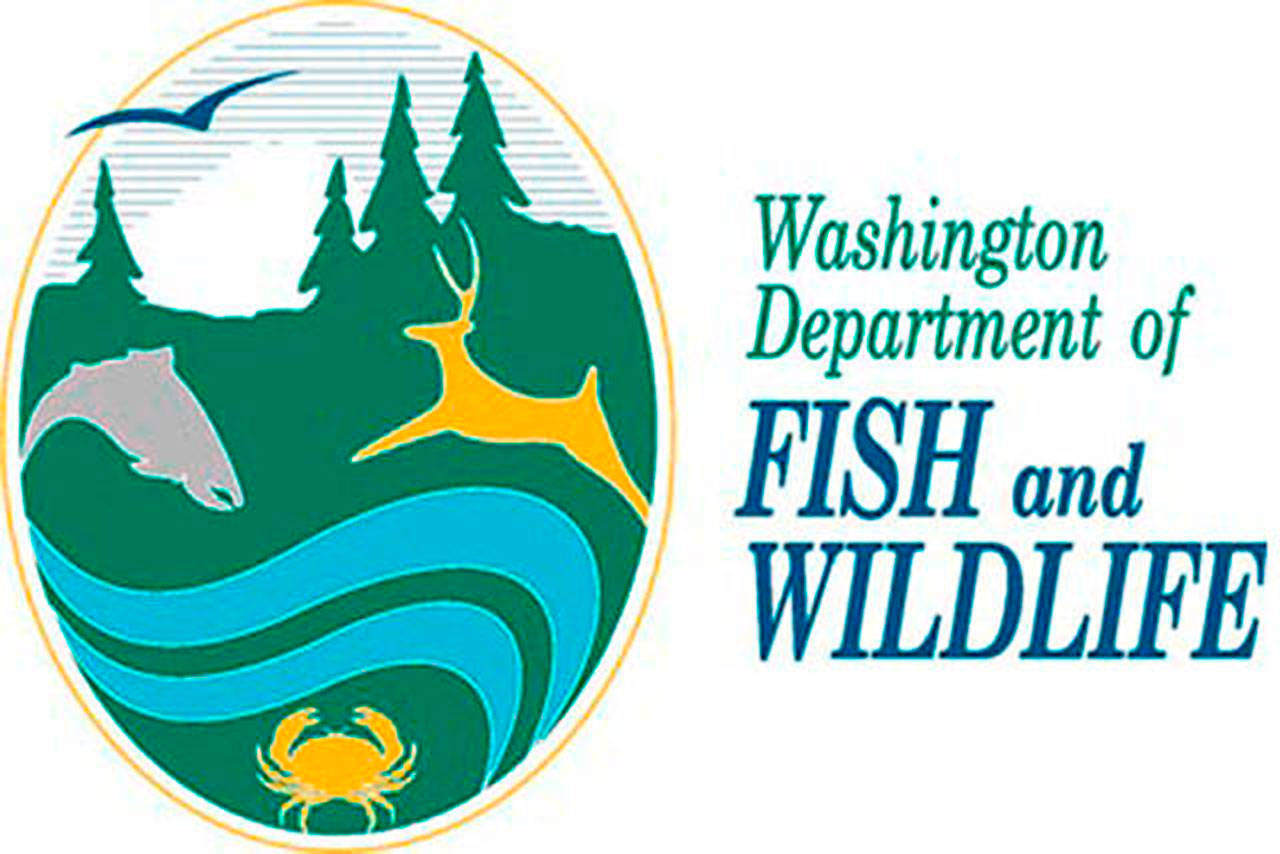Submitted by WDFW
Stronger-than-expected returns of summer chinook salmon moving past Priest Rapids Dam have prompted fishery managers to reopen chinook fishing in select mainstream pools and tributaries of the upper Columbia River.
Since July 25, anglers can again catch and keep hatchery adult chinook from Rocky Reach Dam to Wells Dam, and the Chelan River. In addition, the chinook fishery will open Aug. 1 from Wells Dam to Chief Joseph Dam, including the Okanogan and Similkameen rivers.
The daily limit of hatchery adult chinook is two fish per angler. Additional regulations are described in the Fishing Rule Change at https://fortress.wa.gov/dfw/erules/efishrules/erule.jsp?id=2174.
The Washington Department of Fish and Wildlife closed area chinook fisheries earlier this month after the summer chinook run was downgraded from a preseason projection of 67,300 fish to 44,000 fish. Based primarily on counts at Bonneville Dam, that assessment indicated that this year’s run size was one of the lowest on record since 2000.
“The counts at Bonneville Dam indicated a very low return, so we were compelled to take the precautionary step of closing the fisheries until additional information was available,” said Bill Tweit, WDFW Columbia River management unit leader. “But more recent fish counts of summer chinook passing Priest Rapids Dam farther upstream indicate that the run is stronger than expected.”
Tweit noted that the overlap of spring and summer chinook passing Bonneville Dam can make it difficult to get an accurate estimate of the summer chinook return. Recent counts of summer chinook passing Priest Rapids Dam provide a more accurate assessment of this year’s return, he said.
Based on current projections of summer chinook passage over Priest Rapids Dam, state fishery managers are now confident that there are surplus fish from the Chelan Falls, Entiat, and Chief Joseph hatchery programs available for harvest.
“Hatchery fish produced from these programs are solely intended for harvest,” said Chad Jackson, WDFW Region 2 fish program manager. “Removal of surplus hatchery fish will also help achieve conservation objectives by reducing hatchery-wild interactions on the spawning grounds.”
Jackson said the area above Wells Dam will open later to give the Colville Confederated Tribes time to collect broodstock for their Chief Joseph Hatchery. Normally, July water temperatures in the lower Okanogan River are high enough to create a thermal barrier to migrating salmon. These fish gather just outside the mouth and are easily collected by tribal staff. This year the thermal barrier formed later and the CCT are behind collecting broodstock.
While WDFW is able to reopen this year’s summer chinook fishery, low jack counts indicate an even weaker run next year, Jackson said. At Priest Rapids Dam the jack count is just 10 percent of the 10-year average.
“Jack counts are usually a very good predictor of adult returns the following year,” Jackson said. “It appears we’ll face some additional management challenges next year.”



